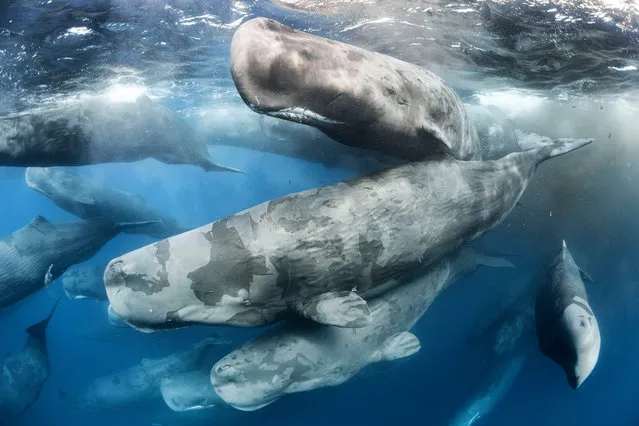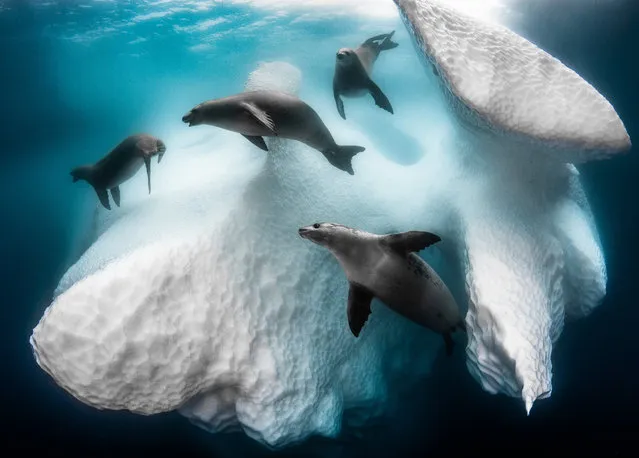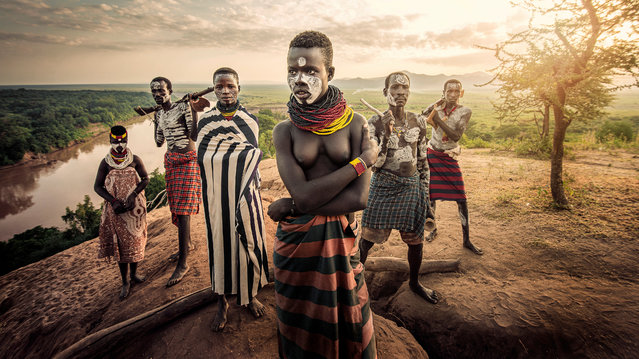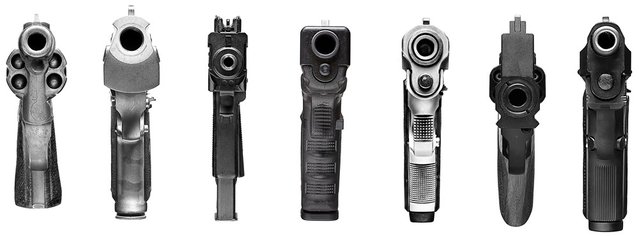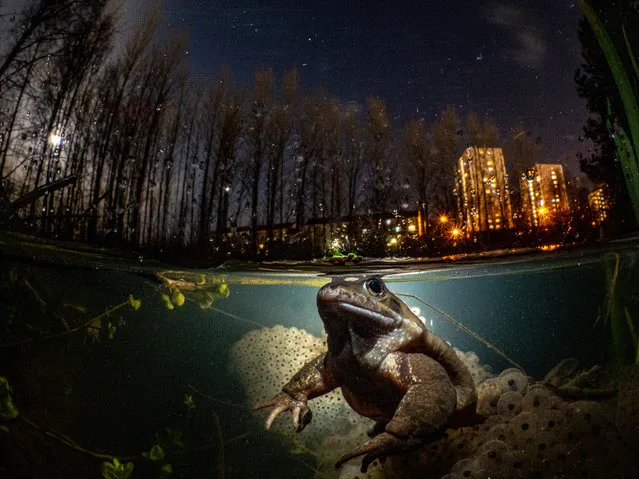
British underwater photographer of the year 2021, British waters wide angle category winner and My Backyard category winner. While You Sleep by Mark Kirkland (United Kingdom), common frog taken in Malls Mire, Glasgow, Scotland. (Photo by Mark Kirkland/Underwater Photographer of the Year 2021)
13 Feb 2021 10:27:00,post received
0 comments

